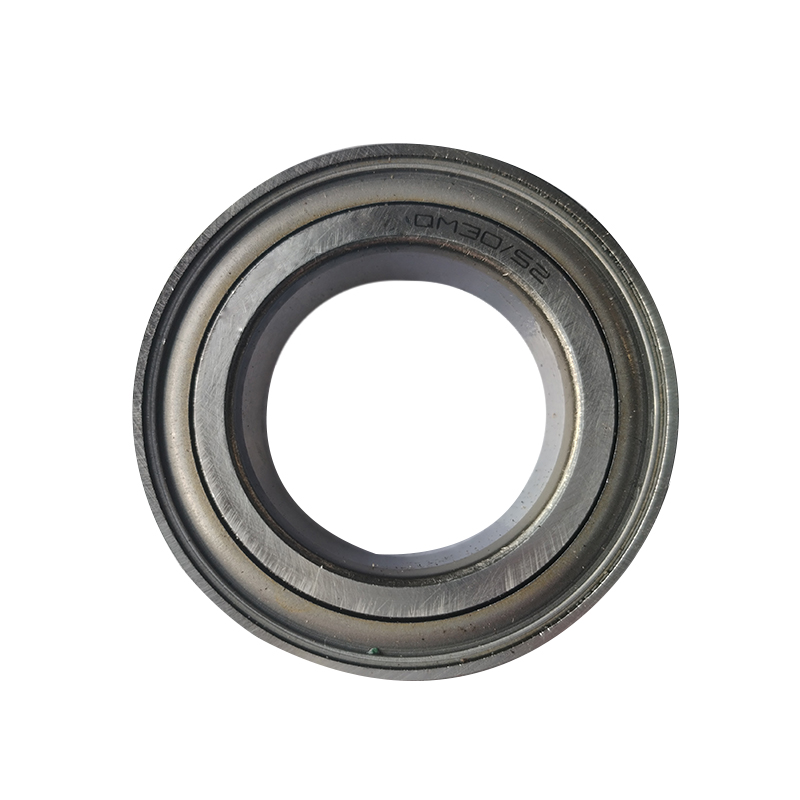Apr . 24, 2024 10:21 Back to list
An overview of mechanical engineering bearing types and their application
An overview of mechanical engineering bearing types and their application.
Bearings are one of the most important parts of engineering, without bearings the world as we know it would not exist; see if you can think of any machine or mechanical device that does not have bearings.
Bearings are usually located in housings and will take dynamic radial or axial shaft loading, or a combination of the two forces.
Bearings for use in mechanical engineering form several groups depending on their application and design elements.
All bearings require some anti friction element or lubrication, either by the nature of the material they are made from or by the use of a lubricating medium such as oil, grease, or PTFE.
Many commercial bearings are pre greased and sealed for life, so they are fit and forget.
The main types of bearing are:-
Plain Bearings.
These are usually made from a solid self lubricating material with no rolling elements. They can take axial and radial forces, usually at lower rotational speeds.
Ball bearings.
Ball bearings are the most common type. They consist of an inner and outer race, with balls located in a cage as the rolling element. They can take heavy axial and radial forces at high speeds.
Roller Bearings.
Roller bearings have an inner and outer race with rollers that take radial loads only. Taper roller bearings will take axial load as well. Roller bearings take high loading at moderate speeds.
Needle bearings
These bearings have various combinations of inner and outer race, with a cage that locates the rolling needles. They are similar to roller bearings but with smaller rollers and are sometimes full compliment, i.e. without a cage for the needles. Needle bearings are used for lighter loads and only take radial forces.
Thrust bearings.
Thrust bearings can be plain, ball, roller, or needle; they take axial loads only and are used in conjunction with a bearing that will take radial loads.
Square Bore W208PPB12 Agriculture Disc Harrow Bearing
 The illustration shows various types of bearings.
The illustration shows various types of bearings.
Most bearings are bought ready made and housings and shafts are machined to fit.
The following pages will take a closer look at the types of bearing, their application and fitting.
Deciding what bearings are suitable for your project is important and needs careful thinking about the forces involved, speed, and other constraints including cost.
Latest news
-
Spherical Bearing Installation
NewsJun.11,2025
-
Sphere Bearing Applications About Key Uses
NewsJun.11,2025
-
Long-Lasting Bearing Options
NewsJun.11,2025
-
Deep Groove Ball Bearing Basics
NewsJun.11,2025
-
Comprehensive Guide to Zirconia Bearing Testing
NewsJun.11,2025
-
Ceramic Bearing Selection Guide
NewsJun.11,2025





